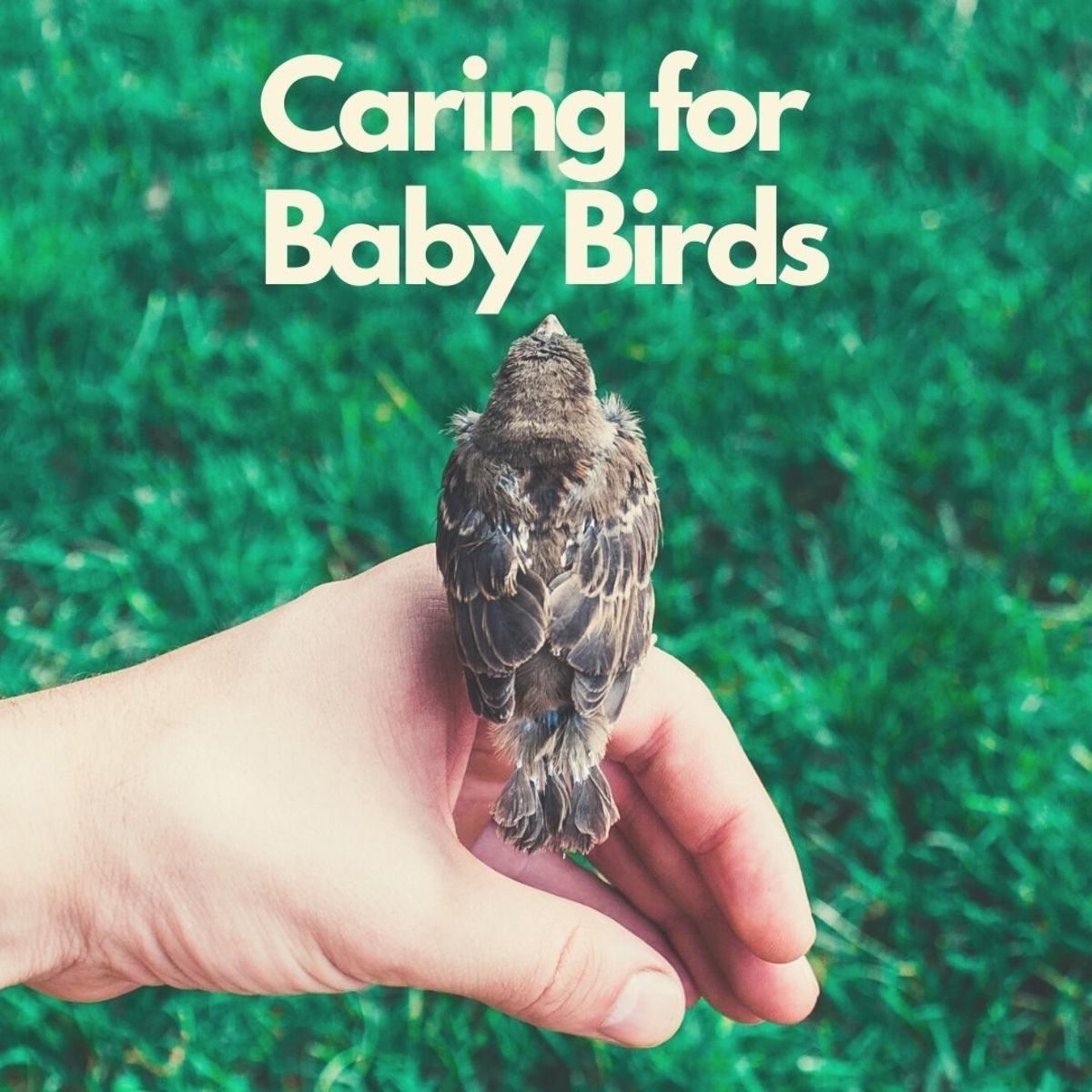
How to Care for a Wild Baby Bird
Introduction
Finding a wild baby bird can be a heartwarming experience, but it also comes with a great deal of responsibility. These fragile creatures require specialized care to survive and thrive. If you come across a baby bird that appears to be injured, orphaned, or in distress, it’s crucial to take the necessary steps to ensure its well-being. This comprehensive guide will provide you with detailed instructions on how to care for a wild baby bird, covering everything from feeding and housing to rehabilitation and release.
Assessing the Situation
Before attempting to handle the baby bird, carefully assess the situation to determine if intervention is necessary.
- Observe the bird from a distance: Watch the bird’s behavior and surroundings. If it appears healthy and is being cared for by its parents, it’s best to leave it alone.
- Check for injuries: If the bird has visible injuries, such as broken bones or lacerations, it requires immediate medical attention. Contact a licensed wildlife rehabilitator or veterinarian.
- Determine if it’s orphaned: If the bird is on the ground and its parents are nowhere to be seen, it may be orphaned. However, do not assume this too quickly. Observe the area for several hours to ensure the parents are not simply foraging.
- Consider the bird’s age: Baby birds have specific nutritional and developmental needs depending on their age. If you can estimate the bird’s age, it will help you provide appropriate care.
Providing Immediate Care
If you determine that the baby bird needs assistance, take the following steps:
- Handle the bird gently: Use a soft cloth or towel to gently pick up the bird. Avoid squeezing or holding it too tightly.
- Keep the bird warm: Baby birds are unable to regulate their body temperature. Place the bird in a warm, dark, and quiet place, such as a cardboard box lined with a soft cloth.
- Contact a wildlife rehabilitator: As soon as possible, contact a licensed wildlife rehabilitator or veterinarian who specializes in bird care. They will be able to provide professional medical attention and rehabilitation.
Feeding the Baby Bird
Feeding a baby bird is crucial for its survival. The type of food and feeding frequency will vary depending on the bird’s age and species.
- Formula: For baby birds that are too young to eat solid food, a specially formulated bird-feeding formula is essential. These formulas are available at pet stores or wildlife rehabilitation centers.
- Insects: As the bird grows older, it will need to be introduced to live insects, such as mealworms, crickets, or waxworms. These insects should be dusted with a calcium supplement.
- Feeding schedule: The feeding schedule will vary depending on the bird’s age and species. Generally, baby birds need to be fed every 2-4 hours during the day.
Housing the Baby Bird
Provide the baby bird with a safe and comfortable housing environment.
- Box: A cardboard box lined with a soft cloth or paper towels is a suitable temporary housing option.
- Nest: If possible, create a small nest within the box using soft materials like shredded paper or cotton balls.
- Warmth: Keep the box warm by placing it on a heating pad set to low or by using a warm water bottle wrapped in a towel.
- Ventilation: Ensure the box has adequate ventilation by poking small holes in the sides.
Rehabilitating the Baby Bird
Once the baby bird is stable and receiving proper nutrition, it may require rehabilitation to prepare it for release back into the wild.
- Flight training: As the bird grows stronger, it will need to practice flying. Provide it with a safe space to flap its wings and build up its flight muscles.
- Socialization: If the bird is a social species, it will need to interact with other birds of its kind to learn natural behaviors. Contact a wildlife rehabilitator for guidance on socialization.
- Release: When the bird is fully rehabilitated and has demonstrated the ability to fly and forage independently, it can be released back into its natural habitat.
Releasing the Baby Bird
Releasing a rehabilitated baby bird back into the wild is a rewarding experience.
- Choose a suitable location: Select a release site that is similar to the bird’s natural habitat and provides access to food and shelter.
- Acclimate the bird: Gradually introduce the bird to the outdoor environment by placing it in a cage or enclosure outside for increasing periods of time.
- Monitor the bird: Observe the bird’s behavior after release to ensure it is adjusting well. If you notice any signs of distress, contact a wildlife rehabilitator.
Additional Tips
- Do not give the bird water: Baby birds cannot drink water on their own. They receive hydration from the food they eat.
- Avoid using cotton balls: Cotton fibers can entangle the bird’s feet or digestive system.
- Keep the bird away from cats and other predators: Baby birds are vulnerable to predators.
- Be patient: Caring for a wild baby bird requires patience and dedication. It may take several weeks or months before the bird is ready for release.
Conclusion
Caring for a wild baby bird is a challenging but rewarding experience. By following these guidelines, you can provide the necessary care to ensure the bird’s survival and successful return to the wild. Remember, it is illegal to keep wild birds as pets in most jurisdictions. If you are unable to care for the bird yourself, contact a licensed wildlife rehabilitator or veterinarian immediately.
